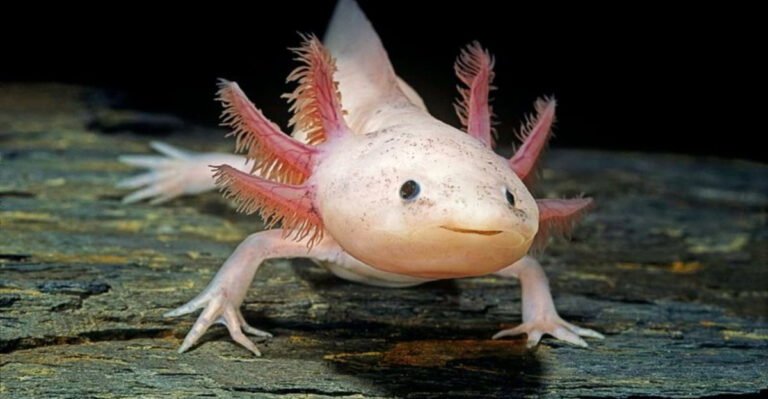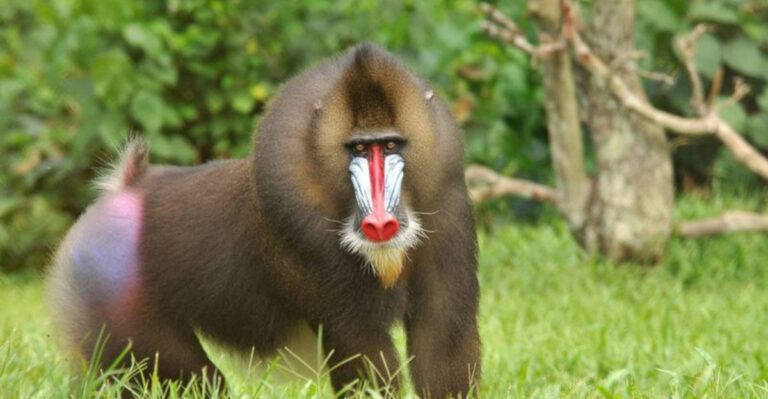Curious Where Foxes Are Thriving In The U.S.? Here Are 14 States To Watch
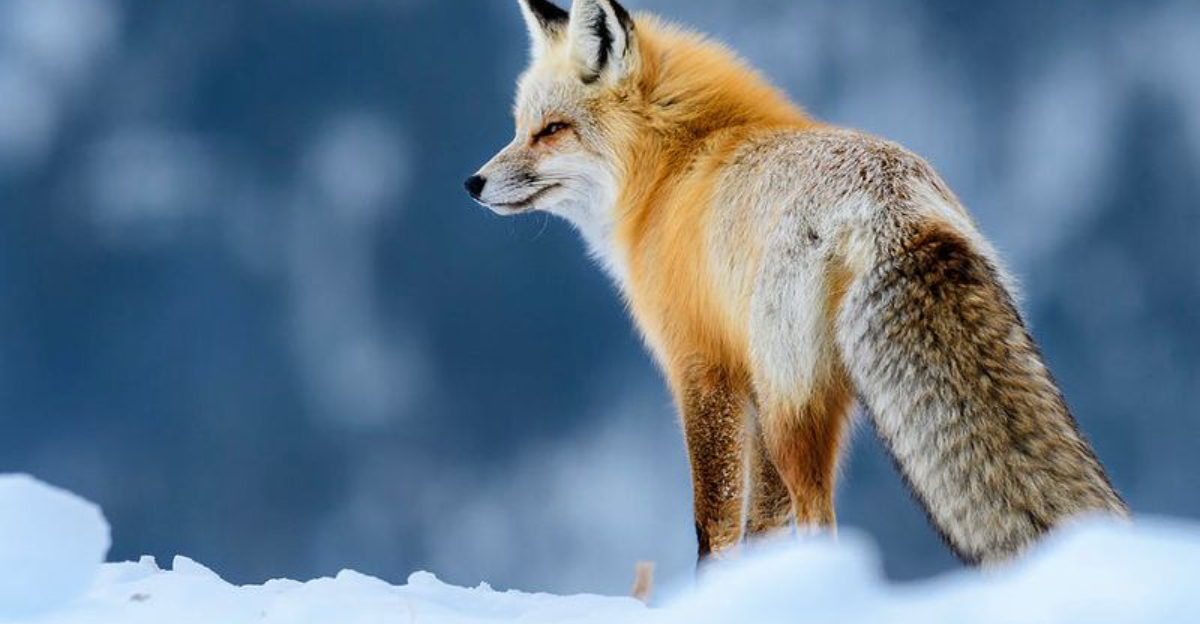
Wild foxes have adapted remarkably well to America’s changing landscape, finding new homes in both remote wilderness and suburban neighborhoods.
These clever canids – primarily red foxes and gray foxes – are making surprising comebacks in many states across the country. From coastal regions to mountain ranges, these adaptable creatures are establishing healthy populations in some unexpected places.
1. Alaska’s Wilderness Haven
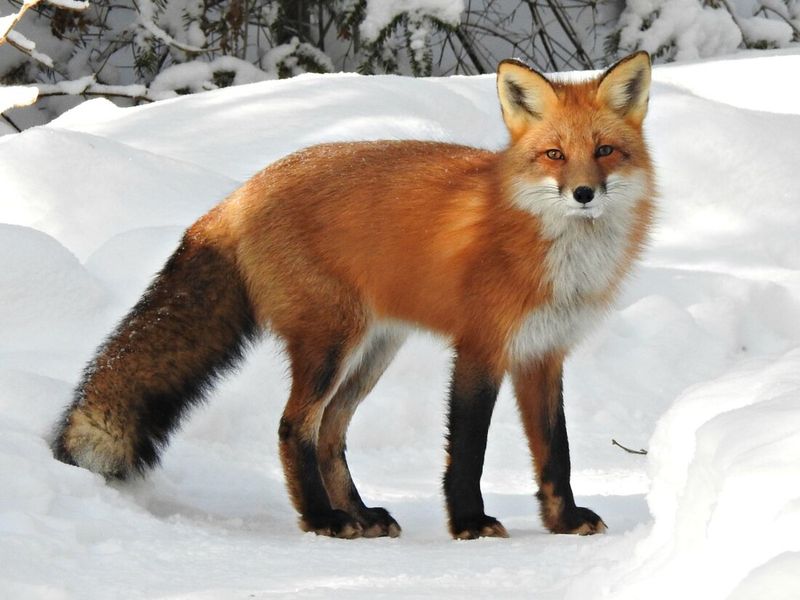
Far beyond the reach of most predators, Alaska’s vast tundra offers red foxes unlimited hunting grounds. Winter brings a striking transformation as their coats thicken into luxurious fur that shimmers against snowy backdrops.
Local wildlife officials report steady population growth, especially in regions where climate change has altered prey animal patterns. Arctic foxes may get more attention, but their red cousins are quietly thriving throughout the Last Frontier.
2. Colorado’s Mountain Stronghold
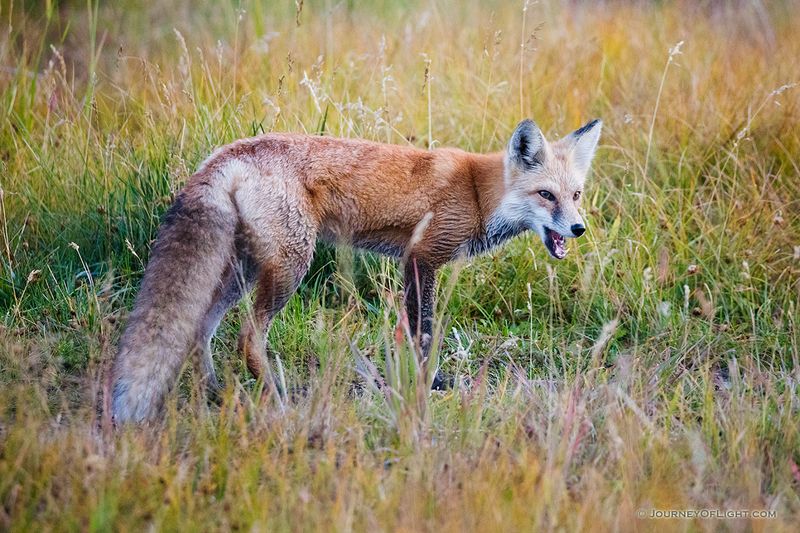
Between pine forests and alpine meadows, Colorado’s diverse ecosystems create perfect hunting grounds for both red and gray fox species. Local conservation efforts have helped fox populations rebound after decades of decline.
Rocky Mountain National Park visitors frequently spot these russet-colored hunters at dawn and dusk. Their success stems from an abundance of small mammals and a landscape that provides both open hunting areas and dense cover for dens and protection.
3. Maine’s Coastal Fox Paradise
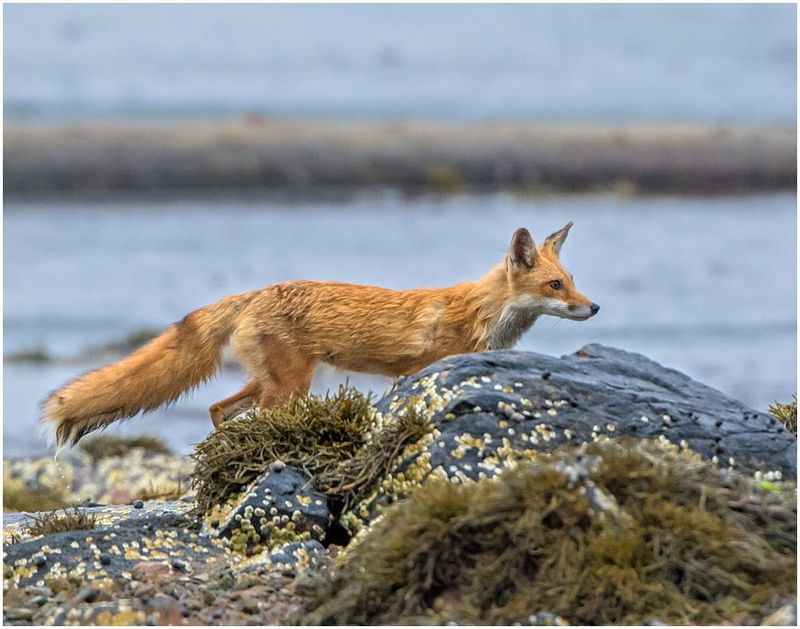
Salt marshes and rocky coastlines provide Maine’s red foxes with seafood buffets during low tide. Clams, crabs, and stranded fish supplement their usual diet of rodents and rabbits.
Acadia National Park has become a hotspot for fox sightings, where they’ve grown surprisingly comfortable around camera-wielding tourists. Unlike their inland relatives, these coastal foxes have developed specialized hunting techniques for tidal zones, demonstrating their remarkable adaptability.
4. Virginia’s Suburban Success Story

Nobody expected foxes to thrive in Virginia’s expanding suburbs, yet they’ve turned manicured neighborhoods into hunting territories. Garden rabbits, bird feeders, and compost piles create unintentional fox buffets.
Wildlife officials receive hundreds of fox-related calls annually, mostly from surprised homeowners spotting them under decks or in gardens. Rather than conflict, many communities have embraced their foxy neighbors, creating educational programs about peaceful coexistence with these beneficial rodent controllers.
5. Oregon’s Forest Fox Revival
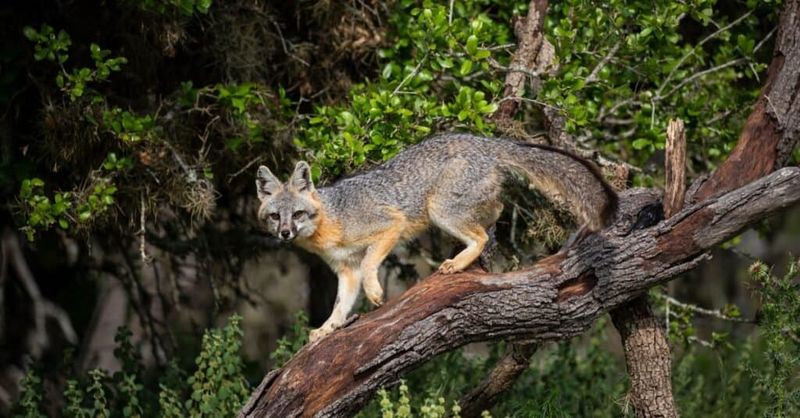
After decades of declining numbers, gray foxes are making a remarkable comeback throughout Oregon’s diverse forests. Their tree-climbing abilities – unique among North American canids – give them a special advantage over competitors.
Recent wildlife surveys show populations expanding from the Cascade foothills to coastal regions. Conservation biologists attribute this success to Oregon’s forest management practices that maintain diverse understory vegetation, creating ideal habitat for these secretive hunters.
6. Arizona’s Desert Adaptations
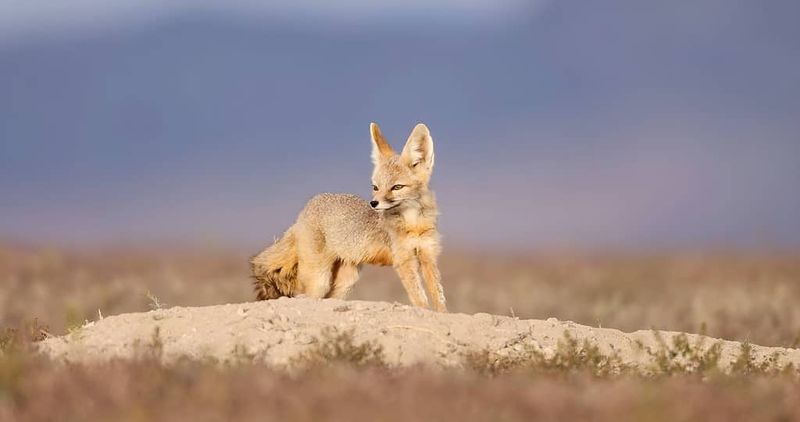
Kit foxes have mastered the art of desert survival across Arizona’s harsh landscapes. Their oversized ears work like natural air conditioners, while specialized kidneys allow them to hydrate from their prey without drinking water.
Researchers tracking desert fox populations have documented increasing numbers in protected areas like Saguaro National Park. Their nocturnal lifestyle keeps them hidden from most visitors, but night-vision cameras reveal bustling communities hunting kangaroo rats and desert insects under starlit skies.
7. New York’s Urban Explorers
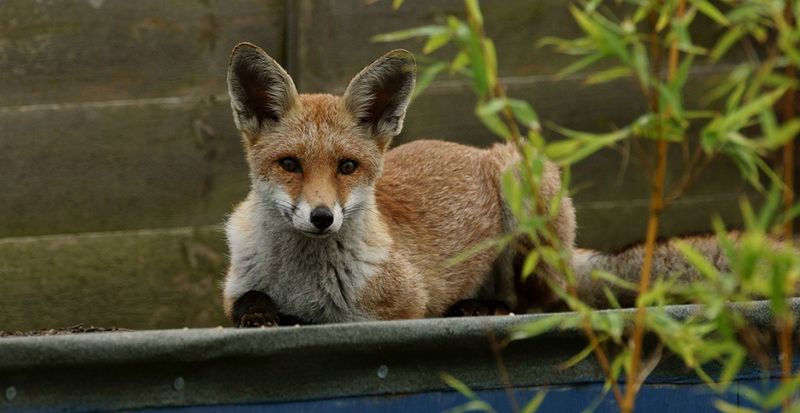
Central Park has become an unlikely stronghold for red foxes that have adapted to city life with remarkable success. These urban pioneers navigate traffic patterns and human schedules with uncanny precision.
Wildlife biologists studying Manhattan’s fox population have documented multiple generations thriving among skyscrapers. They’ve developed specialized behaviors unseen in rural relatives – like caching food in abandoned planters and using subway grates for warmth during winter months.
8. Michigan’s Island Sanctuaries
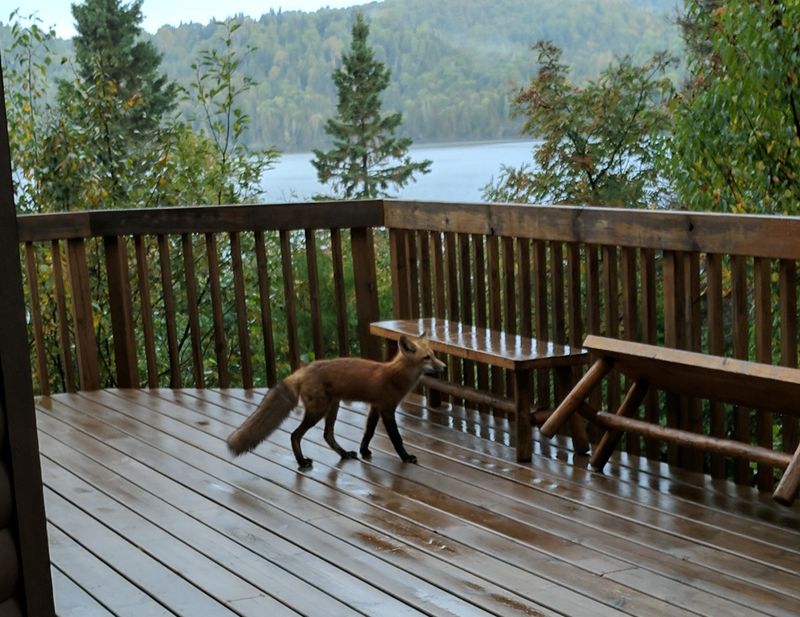
Across Michigan’s remote Great Lakes islands, red foxes have established isolated populations free from most predators and human interference. Isle Royale researchers have documented fascinating evolutionary adaptations occurring in these isolated communities.
Without coyote competition, island foxes grow notably larger than mainland counterparts. Their diet includes unusual items like freshwater mussels and berries. These protected populations serve as important genetic reservoirs for fox conservation, representing bloodlines relatively unchanged for centuries.
9. Florida’s Unique Fox Ecosystem
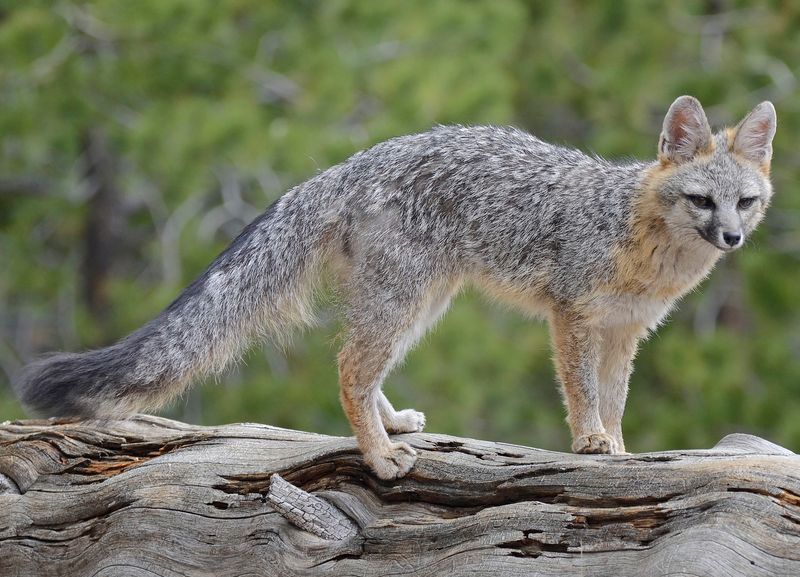
Gray foxes have carved out territories throughout Florida’s diverse ecosystems, from pine forests to the edges of the Everglades. Their omnivorous diet includes everything from palmetto berries to small alligators.
Recent wildlife surveys show healthy populations even in heavily developed areas. Unlike northern states, Florida’s foxes remain active year-round without seasonal changes in behavior. Their success demonstrates remarkable adaptability to both natural challenges and human development.
10. Texas Hill Country Fox Haven
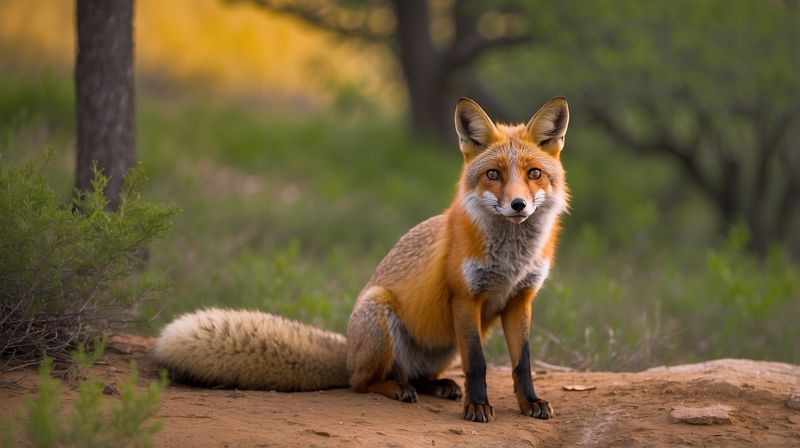
Rolling limestone hills and juniper forests create perfect denning sites for gray foxes throughout central Texas. Ranchers once viewed them as threats, but now recognize their value controlling rodents and rabbits that compete with livestock for vegetation.
Wildlife management areas report growing fox populations, particularly where hunting restrictions have been implemented. Their success reflects a broader shift in land management philosophy. Many Texas landowners now actively create fox-friendly habitats, recognizing these predators’ importance in maintaining healthy ecosystems.
11. Washington’s Olympic Peninsula Sanctuary
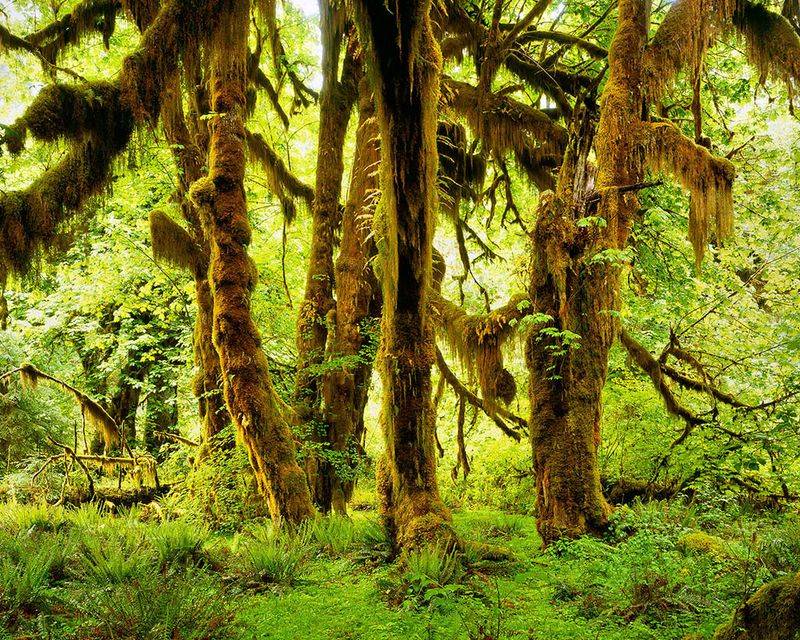
Nestled between rainforests and rugged coastlines, Washington’s Olympic Peninsula hosts thriving fox populations rarely seen by humans. The region’s extreme precipitation creates lush undergrowth perfect for hunting small mammals.
National Park biologists track these elusive creatures using trail cameras and DNA from scat samples. Their research reveals healthy populations with minimal human conflict. The peninsula’s geographic isolation has protected these foxes from diseases affecting other regions, creating a genetic sanctuary important for species conservation.
12. Minnesota’s Boundary Waters Fox Kingdom
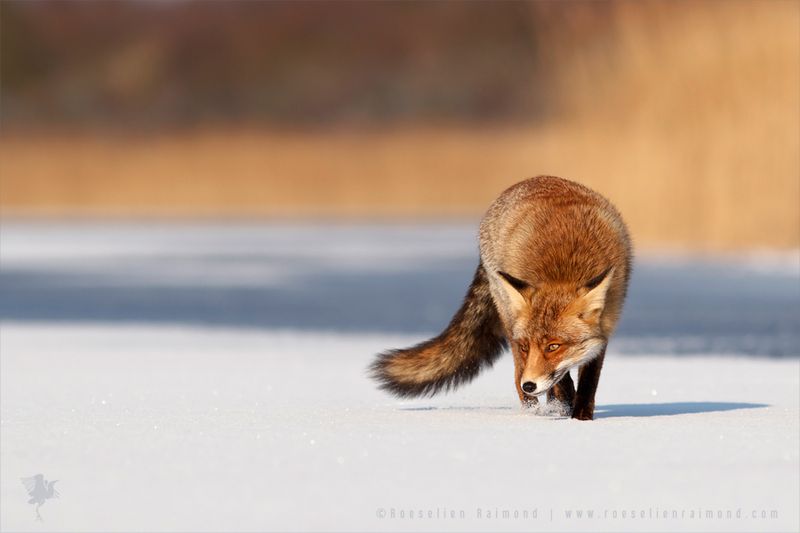
Across Minnesota’s northern wilderness, red foxes navigate frozen lakes and dense forests with remarkable success. Winter brings spectacular displays as foxes leap headfirst into snow to catch rodents moving beneath the surface.
Recent wildlife surveys show fox populations expanding southward into previously unoccupied territories. Their winter hunting technique – called “mousing” – has become a favorite sight for wildlife photographers. These adaptable predators maintain healthy numbers despite competition from wolves and coyotes.
13. Pennsylvania’s Agricultural Allies
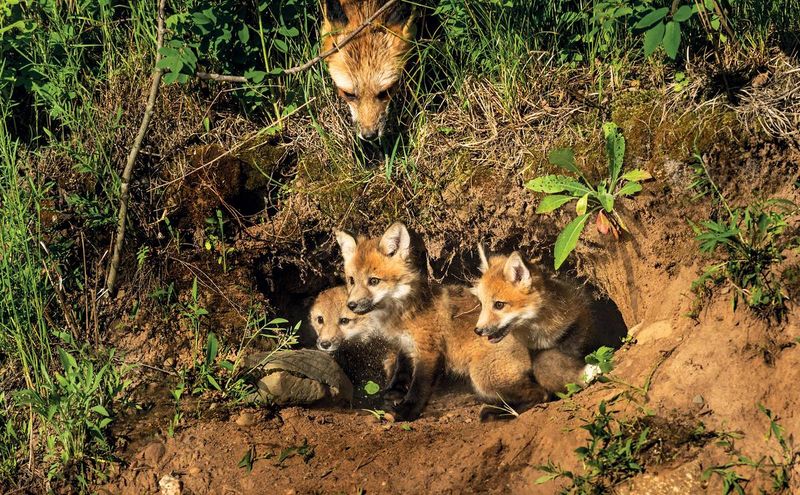
Pennsylvania farmers have discovered unexpected allies in red foxes patrolling their fields and barns. A single fox family can eliminate thousands of crop-damaging rodents annually, providing natural pest control worth hundreds of dollars.
State wildlife agencies report fox populations thriving throughout agricultural regions. Many farmers now install fox denning boxes near croplands to encourage these beneficial predators. This partnership represents a successful model of wildlife coexistence with agriculture, benefiting both the ecosystem and human food production.
14. Wyoming’s Yellowstone Fox Recovery
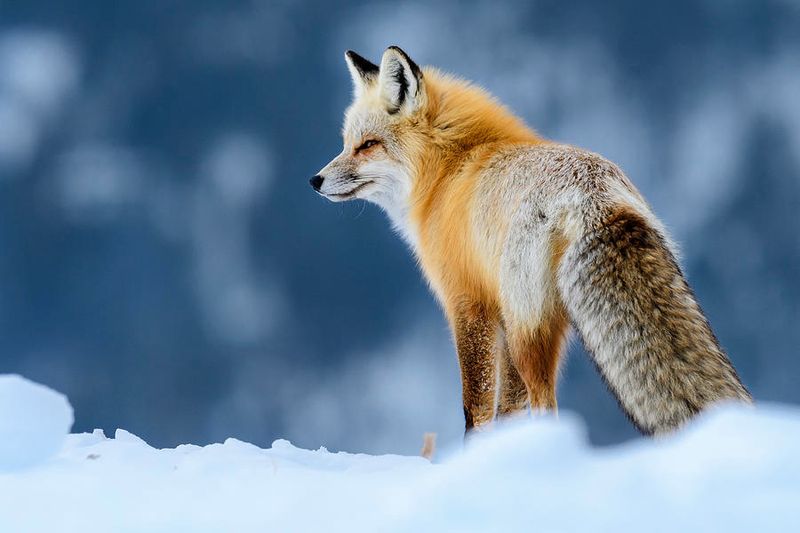
After wolf reintroduction changed Yellowstone’s predator dynamics, red foxes have found unexpected opportunities in the reshuffled ecosystem. Wolves suppress coyote populations, reducing competition for foxes in many habitats.
Park biologists document increasing fox sightings in valleys once dominated by coyotes. Their success illustrates the complex relationships within predator communities. These smaller hunters now fill ecological niches created by larger predators, demonstrating nature’s remarkable ability to find balance through complex interactions.



